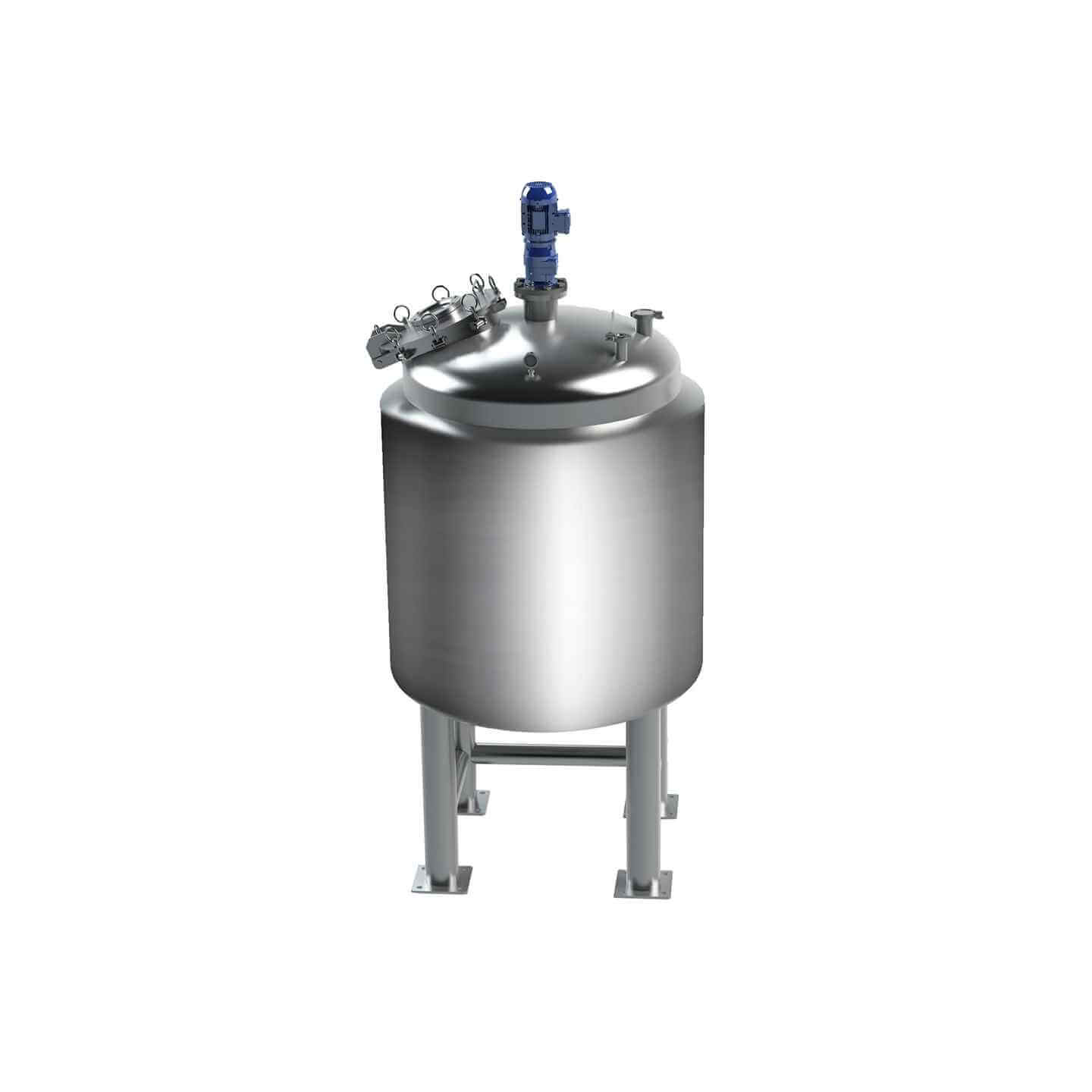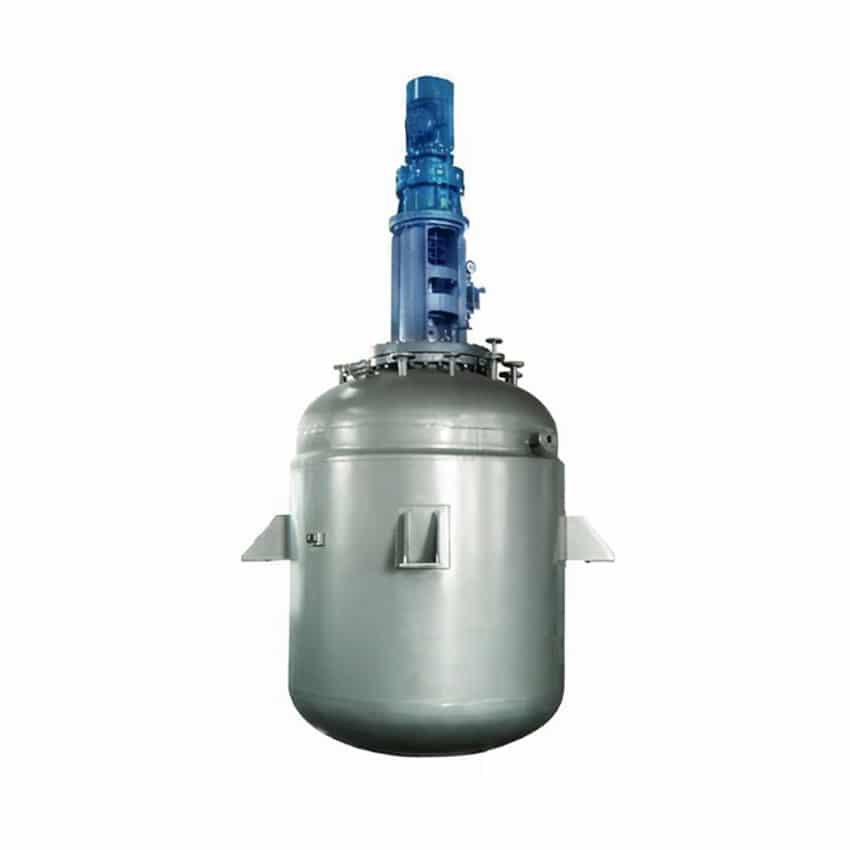

Jacketed Reactor
Jacketed reactor: used in the chemical industry, pharmaceutical industry and food industry, and other fields
Material
glass, stainless steel (316, 304), carbon steel, others
Capacity (L)
10-10000+
Mixing system
anchor, paddle, frame and others
Heating system
electric heating, oil heating and others
Jacketed reactors can be divided into steam heating reactors and heat transfer oil heating reactors according to different heating media, both of which are widely used in medicine, the chemical industry, plastics, rubber, building materials, food, and other industries. Corrosion, no environmental pollution, no need for automatic boiler heating, ease to use, and so on.
Request a quoteIf the jacketed reactor heating medium is water vapor, the inlet pipe should be close to the upper end of the jacket, and the condensate will be discharged from the bottom. If the heat transfer medium is a liquid, the inlet pipe of the jacketed reactor should be placed at the bottom. The liquid enters from the bottom and flows out from the top, so that the heat transfer medium fills the entire jacket space of the jacketed reactor. Sometimes, for larger vessels, to obtain a better heat transfer effect, a spiral deflector is set in the jacket space to reduce the flow area of the fluid in the jacket, improve the flow speed of the fluid, and avoid short circuits, but the structure is more complicated.
When the diameter of the jacketed reactor is large or the pressure of the heat transfer medium used is high, welded semicircular spiral tubes or spiral angle steel structures are often used instead of the jacket structure. In this way, not only can the flow rate of the heat transfer medium be increased and the heat transfer effect improved, but the strength and stiffness of the jacketed reactor against external pressure can also be improved.

In order to improve the heat transfer efficiency of the jacketed reactor, a non-condensable gas outlet is provided at the upper end of the jacket. The distance between the jacket and the jacketed reactor adopts different values according to its diameter, generally between 25 and 100mm. The height of the jacket is determined by the heat transfer area, which is determined by the process requirements. However, it should be noted that the height of the jacket of the jacketed reactor is generally not lower than the height of the feed liquid.
It should be about 50-100mm higher than the liquid level in the device to ensure sufficient heat transfer. As the volume of the jacketed reactor increases, heat transfer problems arise. The jacket alone is not enough and additional heat transfer baffles need to be installed in the jacketed reactor. The heat transfer baffle can not only increase the heat transfer area, and remove the heat, but also strengthen the stirring effect, and play the role of destroying the eddy current to control the flow pattern.
There are many structural types of baffles for jacketed reactors. Common ones include D-shaped baffles, finger-shaped, sleeve-type, annular tubes, elliptical tube baffles, etc. The heat transfer coefficient of the baffle is much higher than that of the jacket. Because the cooling water flow is large, the tube wall is thin, and the feed coefficient on the baffle surface is also large, the total heat transfer coefficient is larger. However, when using this heat transfer baffle, its construction and cleaning issues should be considered.
All the baffles are required to be placed below the liquid surface because the gas-liquid interface is a site that is prone to scaling.
Stainless steel storage tank for jacketed reactor
1. The physical and chemical properties of the stainless steel material are stable, no pollution to the water quality, and the water quality is clean and hygienic.
2. The appearance is gorgeous, the quality is light, and the floor space is small.
3. The service life is long, and one investment can be used for a lifetime. No need to replace it again, the stainless steel water tank is easy to install.
4. The applicable fields are wide. Used in industry, building water supply, HVAC, food, beverage, and water treatment, the horizontal stainless steel water tank is the best product for domestic water storage
5. The jacketed reactor has strong corrosion resistance and good sealing performance. It is equipped with air filtration and manholes to protect the water source from secondary pollution and has high impact resistance.Price of horizontal stainless steel water tank: Compared with the price of the cylindrical stainless steel water tank, the price of horizontal stainless steel water tank is slightly higher, because the material selected for the horizontal water tank is slightly thicker, the solid price will be higher, and the water tank shelf will be stronger.
6. easy to clean, easy to install, and long service life.




